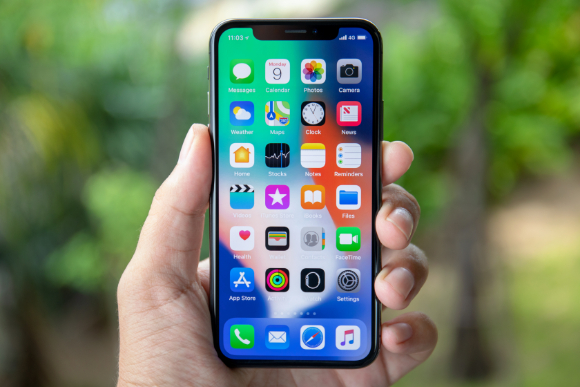A Comparative Guide To Product Design and UX Design
What is the difference between a Product Designer vs a UX Designer? Learn the basics!
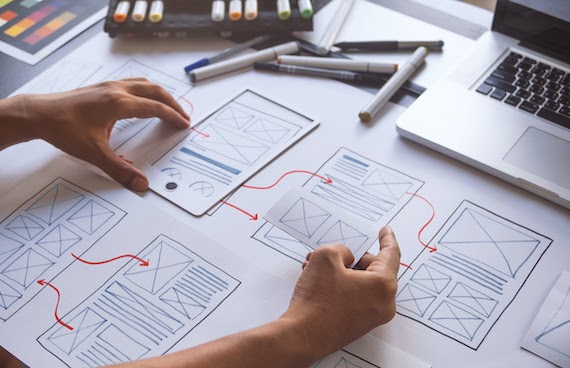
Updated: Mar 3, 2022
Published on: Dec 5, 2020
As demand for online consumer attention increases and, in turn, consumers become more demanding of their digital products, it’s only natural the usability field would expand to match the need. That expansion has resulted in various specialization areas within the digital design process industry.
While this evolution is great for creators and consumers of digital products, the number and variety of roles within the user experience space can be confusing. In this article, you’ll learn the similarities and differences between two key roles: Product Designer vs UX Designer. We’ll go over why the distinction is important and when you should hire for each role.
What Is Usability?
The term usability is often tossed about to describe any and every aspect of user experience. In fact, usability is just one piece of the UX puzzle, used in combination with interaction design, user interface (UI) design (also called visual design), UX researchers, and more. These specializations, each requiring unique talents and skills, come together to produce a final product that delights its end-users and keeps them coming back for more.
While the intricacies of UI/UX design are of little interest to those enjoying these delightful digital experiences, companies building digital products and individuals building a career in the design industry need to understand the key differences between the roles — especially those of a Product Designer vs UX Designer.
What is Product Design?
Before deep diving into the main responsibilities, tasks and roles a Product Designer performs on a daily basis, let’s begin by laying down the basics and some historical facts when it comes to this discipline.
When we talk about Product Design, we are referring to the process of creating a digital, physical product or a good. In recent years, this role has been heavily associated with the development of digital products such as mobile apps, web apps or platforms, despite the fact that this broad term also includes the creation of physical products, for example: different types of manufactured goods (furniture, decor, electronics, etc).
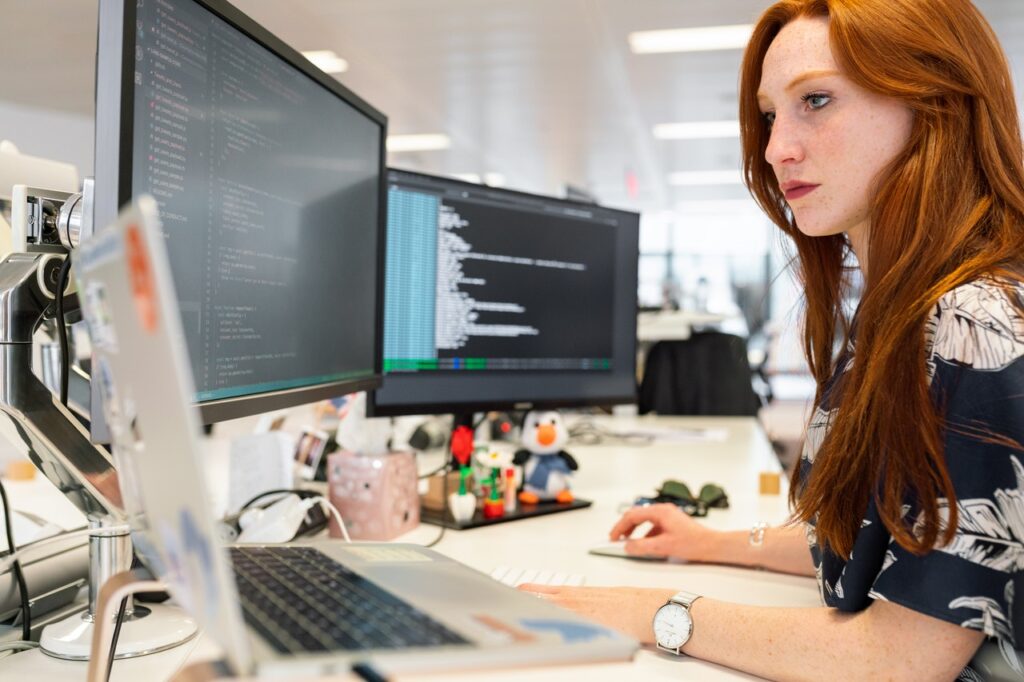
Product Design is a discipline that stemmed from and outgrew a similar one: Industrial Design. A role born during the mass production era that took place in the interwar period and right after the Technological Revolution, Industrial Design is defined by the Industrial Designers Society of America as the “professional practice of designing products, devices, objects and services used by millions of people worldwide every day. Industrial Designers not only focus on the appearance of a product but also on how it functions, is manufactured and ultimately the value and experience it provides for users.”
Since industrialization allowed for inexpensive products to reach millions of people that were now able to purchase them, Industrial Designers helped manufacturers in the process of creating these new products that now were not only functional but also aesthetically pleasing, thus initiating the phenomenon of mass consumption we are now familiar with.
With new technologies emerging, the Internet and an increase of mobile phone usage worldwide, Industrial Design evolved into its own category, known as Product Design. As we previously mentioned, Product Design concerns the development and design of digital and virtual products, and, in their case, the Product Design process is grounded in the thorough study of users’ wants, needs and expectations (UX Research) while it also involves elements that have to do with providing the best usability and a pleasant interface design.
What is UX Design?
As we previously discussed with Product Designers, we will now aim to define what User Experience Design is and what the main characteristics of this field are before getting into the technical aspects and daily tasks of this position.
To begin with, it’s important to highlight that in the design academia there isn’t consensus when it comes to defining what UX Design means. Or, to put it simply, there is not a single, universally and commonly accepted definition when it comes to laying down every aspect of this field and what it actually includes. The latter implies that there are multiple interpretations of what a UX Design is and what a UX Designer should do. This is also in part thanks to the fact that User Experience Design is a concept that has a multitude of dimensions and that includes a wide range of disciplines: from information architecture, visual design, usability, UX Research to interaction design and human-computer interaction, you might now understand why it seems difficult to categorize each specialization and provide a one-fits-all definition of what UX Design actually entails.
Despite not being able to lay down its definition, we can talk about UX Design objectives applied to a product or a project. To sum up, the goal of UX Design is to improve customer satisfaction and loyalty through the utility, usability and joy that’s provided in the interaction with a product or service. The Designer’s objective is to deliver an experience that follows a certain group of tasks: is aesthetically pleasing, provides users with value, follows the brand’s image and helps achieve business goals.
Similarities Between Product Design and UX Design
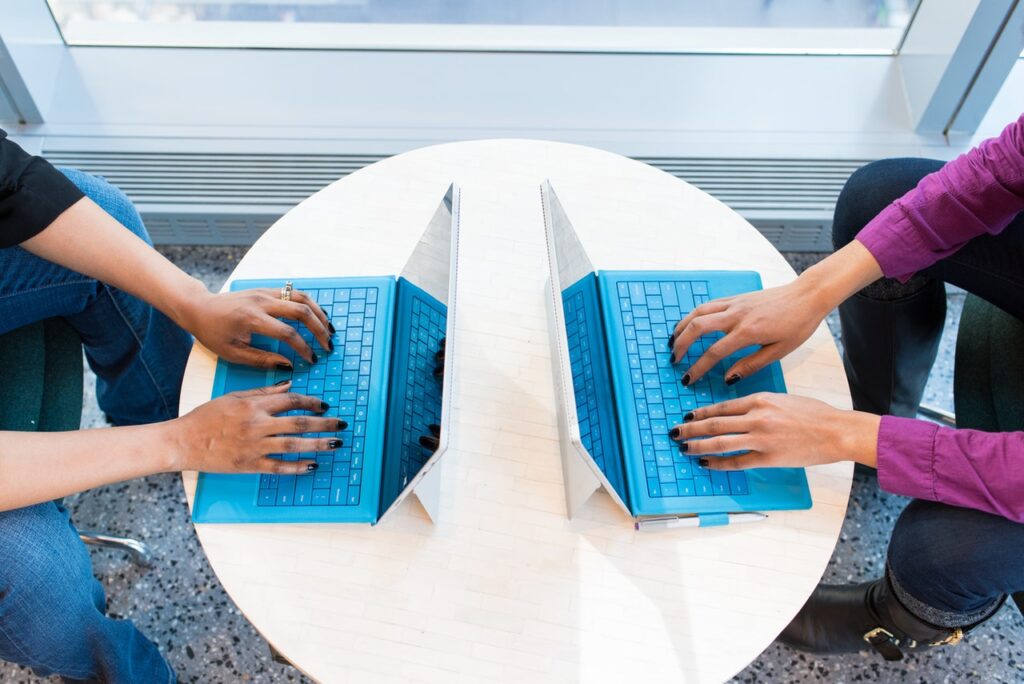
Let’s start with common ground. Both Product and UX Designers strive to build delightful, user-friendly products that accomplish the end-users’ goals. Equally important to both roles are:
- Ease of use and workflow
- Intuitive placement of workflow artifacts like buttons, menus, and icons
- Building in natural opportunities for user feedback loops, upgrades, and add-ons
- Appropriate levels of customization to personalize the workspace for the optimal user experience
- Being able to align with business needs
- Having a great understanding of users’ needs
Product Designers and UX Designers have many of the same goals. So, where do the differences lie? Where does the Product Design vs. UX Design dichotomy begins?
Differences Between Product Design and UX Design
The primary difference between Product Design and UX Design is in their perspective. A product designer is more strategic while a UX Designer is more tactical. So what does that mean in the real world? What are the main differences between a UX Designer vs Product Designer?
What a Product Designer Does
While similar in many ways to a UX Designer, a Product Designer acts in more strategic ways and views the product from a wider perspective than the UX Designer does – since they take into account different aspects and viewpoints of the product, especially how it compares to the competition and what its future is like. In this section, we will aim to highlight the main characteristics of a Product Designer, as a way to contrast it to the roles a UX Designer takes on a daily basis.
When talking about the role of a Product Designer, their main responsibilities involve cautiously overseeing each step of the development process of a product, whether that is an already existing one or a new project that’s creating something from scratch. Their wider understanding of stakeholder goals, business objectives and users’ needs allows them to comprehend and outline bigger goals for a project, as well as truly be mindful of the different areas that will collaborate and the details that need to be adjusted to reach those specific goals.
The Product Designer works towards reaching longer-term business goals. By considering the entire market, their main objective is to make decisions today in order to set up the product to meet tomorrow’s business objectives. During this process, some questions they might ask themselves are as follows:
- How will the product development roadmap help them stay competitive?
- Are there opportunities to lead innovation in their space?
- What can their product do better to beat the competition?
- Where is the product falling short?
While these questions contribute to the research process, the Product Designer won’t execute market research tasks or UX research activities, yet they are very interested in their results. This is one key reason why this process is backed up by UX Researchers, since research and testing discoveries help determine the product development’s next steps and possibly offer new ideas for features or even new products.
Essentially, a Product Designer is someone who possesses a varied set of skills, meaning is well-versed in multiple design tools and competences associated with the visual aspects of a product, whilst also having wider knowledge of the business side and project objectives. With these impressive and multidisciplinary abilities, Product Designers are responsible for participating in the process of creating an engaging user experience.

Among these competences, Product Designers also factor in cost and time-to-market in their design thinking process. By weighing the cost and benefits of specific product design solutions, Product Designers decide what to move forward with, which UX/UI design elements to put in the parking lot, and which design concepts will be eliminated. Because executing UX/UI deliverables sits in a secondary place for them, they have the objectivity needed to make these tough decisions.
Alongside being concerned with these main areas, Product Designers can also play an important role in the information architecture and system design of a product as well. Therefore, we can conclude that Product Designers are multidisciplinary problem solvers with Design Thinking skills.
To sum up, a Product Designer is someone who possesses a varied set of skills, meaning is well-versed in multiple design tools and competences associated with the visual aspects of a product, whilst also having wider knowledge of the business side and project objectives. With these impressive and multidisciplinary abilities, Product Designers are responsible for participating in the process of creating an engaging user experience.
When looking for someone to bring a product to new markets, innovate for future end-user needs, and meet or exceed the competition, look for a Product Designer.
As a job seeker, if your skills and professional preferences lean toward the big-picture view, positioning your product within entire industries or markets, and leaving the details to others, a Product Design role is better for you.
What a UX Designer Does
To further explain the dichotomy between Product Design vs. UX Design or UX Designer vs Product Designer (not to outweigh one role over the other), we will now describe the main tasks and goals a UX Designer has. The UX Designer is also invested in the product outcome. They are equally committed to product success but are more focused on the immediate needs than a future state.
User experience designers focus primarily on improving the current state of a product, by operating in more internal and tactical ways, in comparison to the main focus of a Product Designer. UX Designers have a pulse on industry trends and their competitive landscape; however, it’s not their primary responsibility to be constantly up to date with industry’s latest trends. Nevertheless, UX Designers use their awareness of these external influences to make UX/UI decisions today that allow them to easily incorporate product design changes in the future.
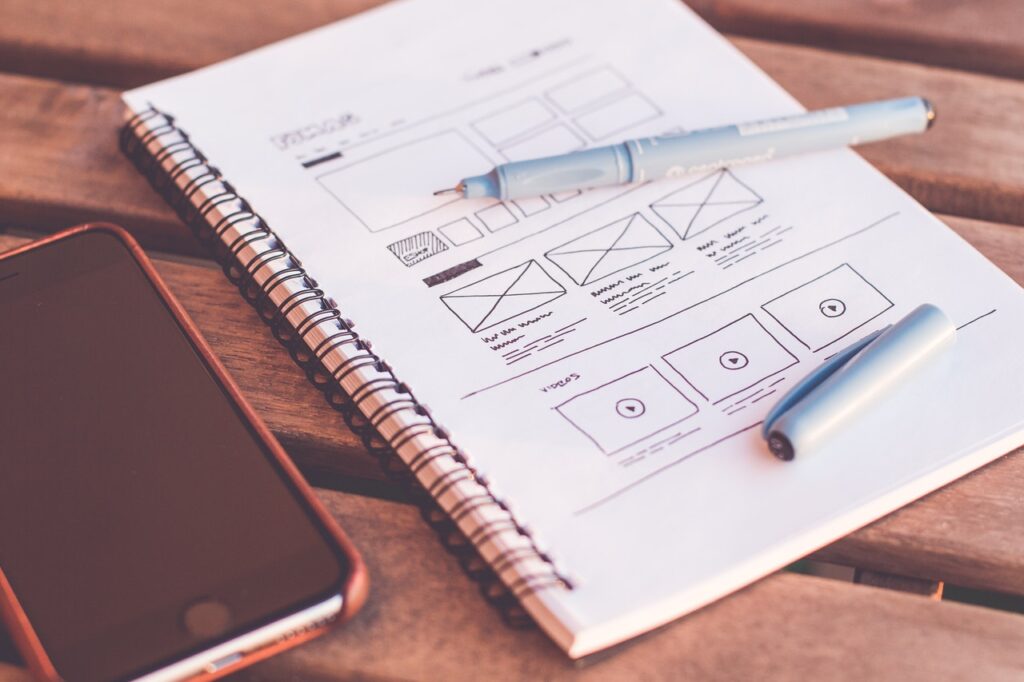
While Product Designers are deeply involved into several areas of the product development cycle, UX Designers drive the execution of UX deliverables. For example, these creatives are experts in:
- Building wireframes with FIGMA or Sketch
- Prototyping with InVision, Sketch or Axure
- Completing user research
- Assessing and meeting end-users’ immediate needs
- Using design tools like Adobe products
Rather than looking outward toward the competition or forward toward the future, UX Designers are excellent at problem-solving for today.
UX Designers excel in bringing UI design, information architecture, sitemaps, and wireframing artifacts together as a holistic experience for the user. While they do have a broad skill set, UX Designers usually have advanced or expert skills in at least a few specializations.
When looking for someone to execute the visual design, information architecture, and workflows of an existing product roadmap, look for a UX Designer. Regardless of a Designer’s forte, an important fact worth mentioning in the digital design field is that a common currency is the overlap between many specializations. This occurs naturally because each role is so closely related with each other that is common in some situations one person might wear multiple hats.
The image below shows a visual representation of the skill specialization in various user experience roles, with the higher specialized roles deeper in the center. The two roles with the broadest knowledge, and the least amount of specialization, are the product designer and the UX Designer.
As a job seeker, if you have broad interests and enjoy building prototypes, have visual design skills, or have a knack for laying out workflows for product functionality, a UX Designer role is right for you. If you prefer more focus, choose a specialized role such as a UI Designer or a UX Developer focused on building wireframes or using the latest prototyping tools.
Why Differences Matter
The differences between a Product Designer and a UX Designer are important when looking for a job or hiring for your company. The job title and corresponding job description need to align with the need or professional goal. Another aspect worth taking into consideration are the different needs a client and their product may have, along with the project’s scope and specific considerations. Evaluating these aspects, whether it’s also for distinguishing if you should hire a Product Designer vs UX Designer, are also of vital importance when selecting which of these roles will join the team.
A mismatch between job title and job function leads to dissatisfaction for both the employee and the company. A Product Designer may not have the appropriate skill set required for a UX Designer position and vice versa.
For employers, the cost of acquiring and onboarding new employees alone should warrant more consideration for which role will best meet the company’s needs. Take the time up front to confirm a potential new hire’s skills, experience and aspirations match the job function. Be clear about the day-to-day responsibilities, tasks and make sure that they align with the job posting.
Either way, both interviewers and interviewees need to ask specific questions about strategy versus execution to check if both their set of skills and position are compatible before extending or accepting an offer. That is why knowing the difference between a Product Designer and UX Designer is so important for both your team and your company.
Product Design vs. UX Design: Similar but Different

If you’re a company building products intended to delight end-users, knowing the spectrum of UX skills and roles is critical to the success of your product and your UX team. This understanding ensures you get the correct employees hired to meet the needs of the team. It also helps you have more productive conversations when hiring an agency, like December Labs, to assist your product team.
For budding UX professionals, take the time to investigate the different areas of specialization within UX/UI design to determine where your skills fit the best. When applying for positions, be aware that different companies use different job titles for various skills, and ask questions.
Design process as a vocation is primed for an exciting future for both end-users and UX professionals. Taking the time to understand and appreciate all the user experience design roles ensures even more delightful product builds in the future.Ready to rocket-fuel your product? If you want to outsource your UX design needs, we’ve got you covered. Our staff at December Labs has the skills and experience to work with all stakeholders on every aspect of your product. Check out all of our services, including design thinking, UX and UI design, web and app development, AI, and computer vision and connect with us today to talk about your design needs.

